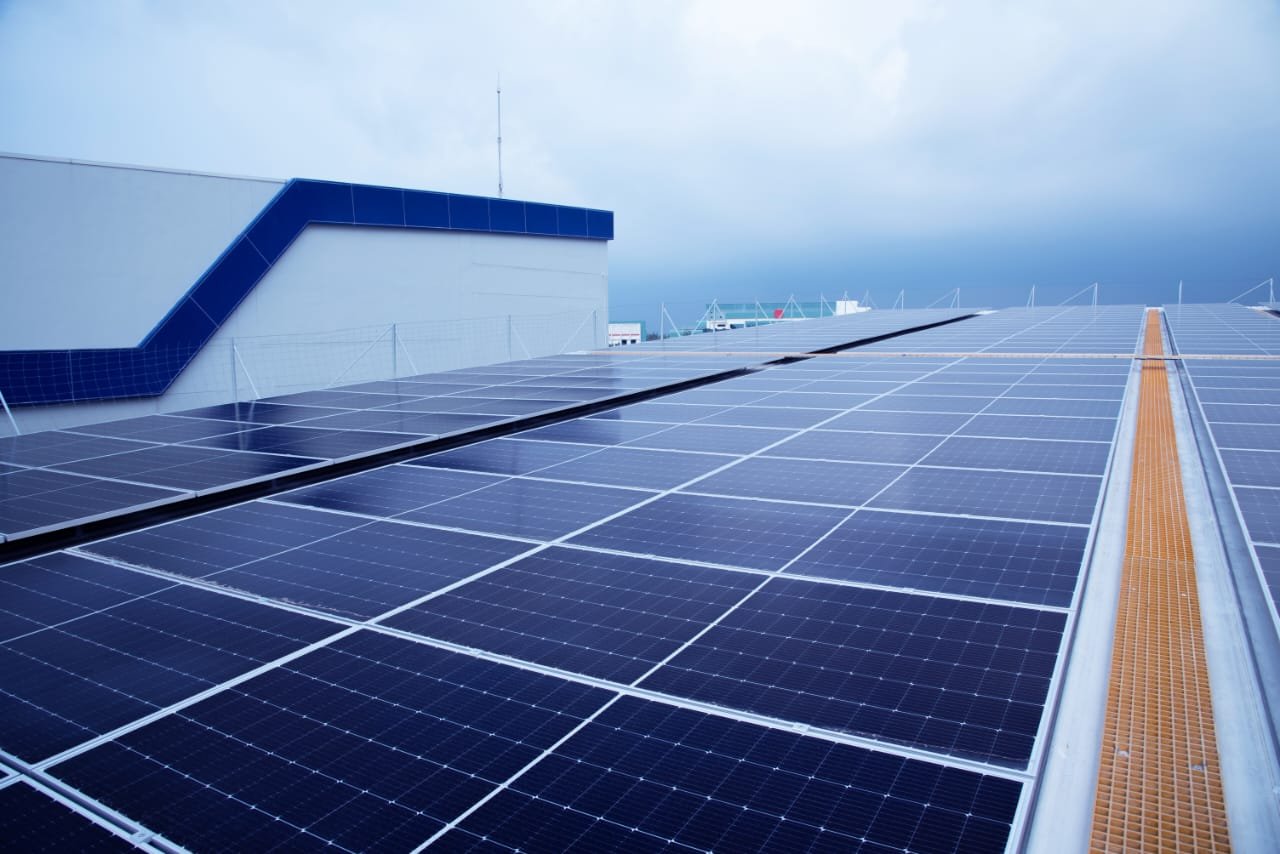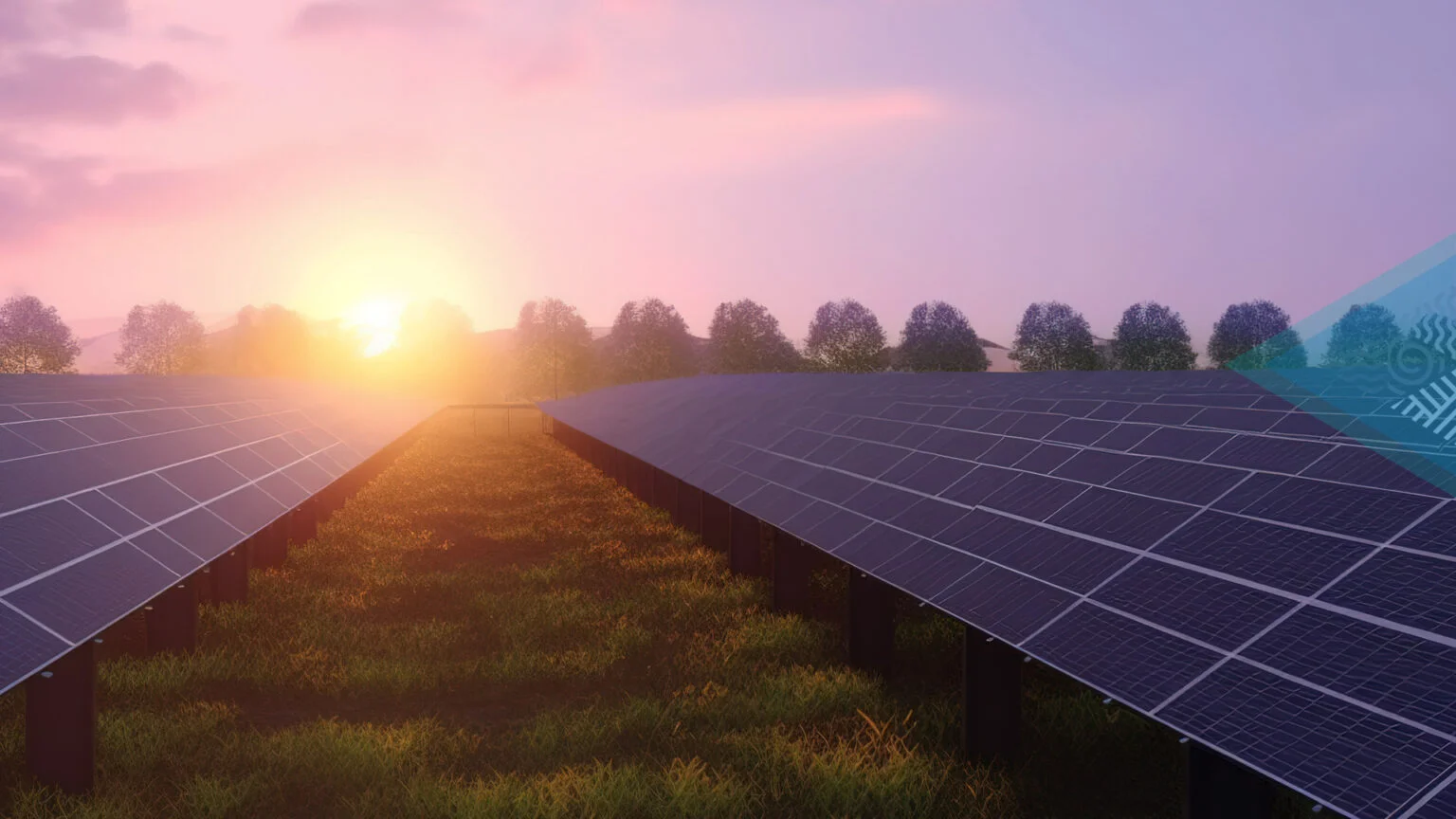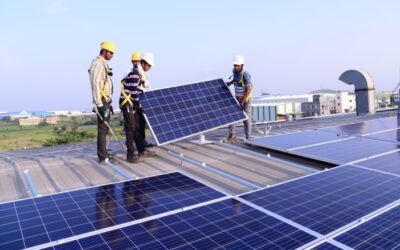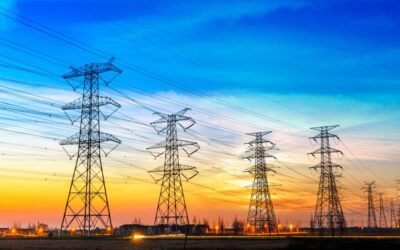Overview of On-Grid
Solar Systems
An on-grid solar system, also known as a grid-tied solar system, is connected to the main grid. Many Indian households with a stable grid connection rely on on-grid solar systems for their electricity needs. At Klymate Technologies LLP, we specialize in installing on-grid rooftop solar systems for both individual homes and housing societies.
An on-grid solar power system for a home includes several components:
- Solar panels
- Solar inverter
- Mounting structures
- Bi-directional meter
- Solar accessories
On Grid Systems

Working of an On-Grid
Solar System
The electricity generation process in an on-grid solar system involves several steps to ensure your home remains powered day and night.
1. Solar Panels
Absorb sunlight and convert it into direct current (DC).
2. Inverter
Converts DC into alternating current (AC).
3. Bi-directional Meter
Feeds AC power to your home and manages the exchange of electricity with the grid.
4. Excess Electricity
Any surplus electricity generated is supplied to the grid.
5. Net Metering
At night or when needed, the bi-directional meter imports electricity from the grid.
Components of Residential On-Grid Solar System
1. Solar Panels
Installed on rooftops, solar panels face the south direction to maximize sunlight absorption and convert it into DC power.
2. Solar Inverter
Essential for converting DC power from the panels into usable AC power for household appliances.
3. Solar Mounting Structures
These support the solar panels, designed to withstand extreme weather and last for 25 years. They are rust-proof and precision-engineered for durability.
4. Solar Accessories
Includes AC and DC cables, DC combiner boxes for isolating high-voltage DC power, and AC combiner boxes for managing AC power from multiple inverters.
5. Bi-Directional Meter
Tracks electricity supplied to and imported from the grid, essential for the functionality of an on-grid solar system.

Net Metering in On-Grid Solar System
Net metering tracks the electricity generated, consumed, supplied to the grid, and imported from the grid. At the end of each month, your electricity bill reflects the net units consumed, reducing your overall costs.
Benefits of Using an
On-Grid Solar System
- Trackable Electricity Generation: Easy to monitor the units generated.
- Simplified Billing: Understand your solar electricity bill effortlessly.
- Cost Savings: Significant reduction in monthly electricity bills.
- No Battery Requirement: Grid acts as a battery, eliminating replacement costs.
- Government Subsidies: Available for on-grid systems using DCR panels.
Types of On-Grid Solar Systems by Capacity
The capacity of on-grid systems varies, and subsidies are available for different sizes:
- 1 kW System: Produces about 1400 units/year, saving approximately ₹11,200 annually.
- 2 kW System: Produces about 2800 units/year, saving approximately ₹22,400 annually.
- 3 kW System: Produces about 4200 units/year, saving approximately ₹33,600 annually.
- 5 kW System: Produces about 7000 units/year, saving approximately ₹56,000 annually.
- 10 kW System: Produces about 14,000 units/year, saving approximately ₹112,000 annually.
Pricing and Subsidies
The cost of an on-grid solar system depends on various factors, including the type of panels, inverters, and mounting structures. The Indian government offers subsidies for residential installations using DCR panels, capped at ₹78,000 for systems above 3 kW.
Return on Investment
Investing in an on-grid solar system offers substantial long-term savings. For example, a 5 kW system can save approximately ₹56,000 annually, with the investment breaking even in about 4 to 5 years and continued savings for at least 20 more years.
Conclusion
Choosing the right company for solar installation is crucial. At Klymate Technologies LLP, we ensure a hassle-free solar installation process with robust mounting structures, free rooftop inspections, various financing options, and comprehensive maintenance services.
Register now to book a free consultation with our solar consultants.
What is an on-grid solar system?
An on-grid solar system is connected to the main grid, allowing for the exchange of electricity and ensuring continuous power supply.
How does an on-grid system work?
Solar panels generate DC power, converted to AC by an inverter, and managed by a bi-directional meter for grid exchange.
Which is better, on-grid or off-grid solar systems?
On-grid systems are ideal for urban areas with reliable grid connections, while off-grid systems are suitable for areas without grid access.

Submit a
Solar Project Enquiry
Our solar experts will guide you in your solar journey
Request A Quote
Recent Blogs
Rooftop Solar Installation in Coimbatore: Powering Homes & Businesses the Smart Way
Coimbatore is one of Tamil Nadu’s fastest-growing cities — with thriving industries, educational...
Why Accurate Energy Forecasting Matters for Every Industry in Coimbatore
In today’s fast-paced world, energy is more than just a utility—it’s a strategic business...
Solar Manufacturing: Powering the Future of Clean Energy with Klymate
The global shift toward renewable energy has placed solar manufacturing at the heart of the clean...
What is an on-grid solar system?
How does an on-grid system work?
Which is better, on-grid or off-grid solar systems?
Recent Projects







